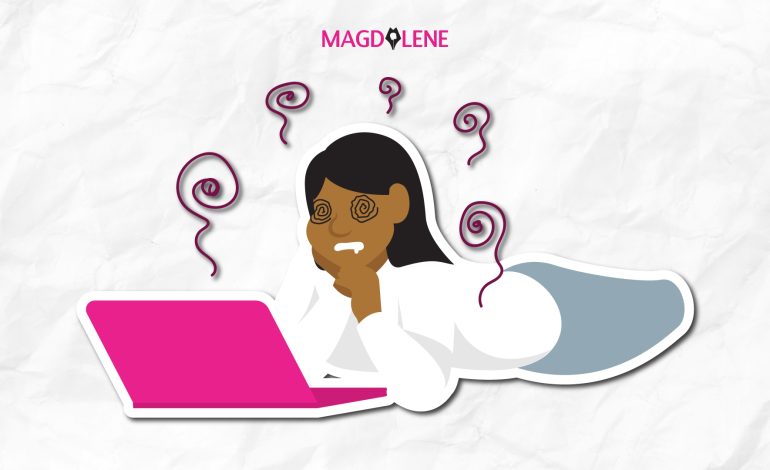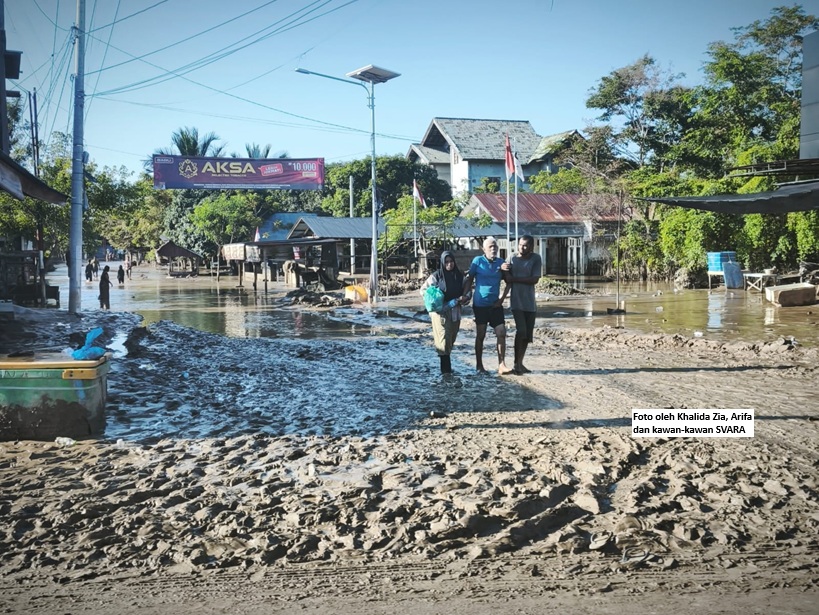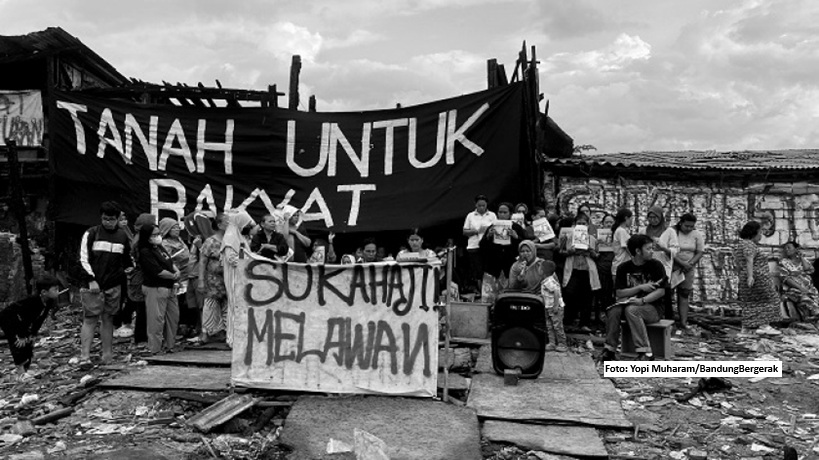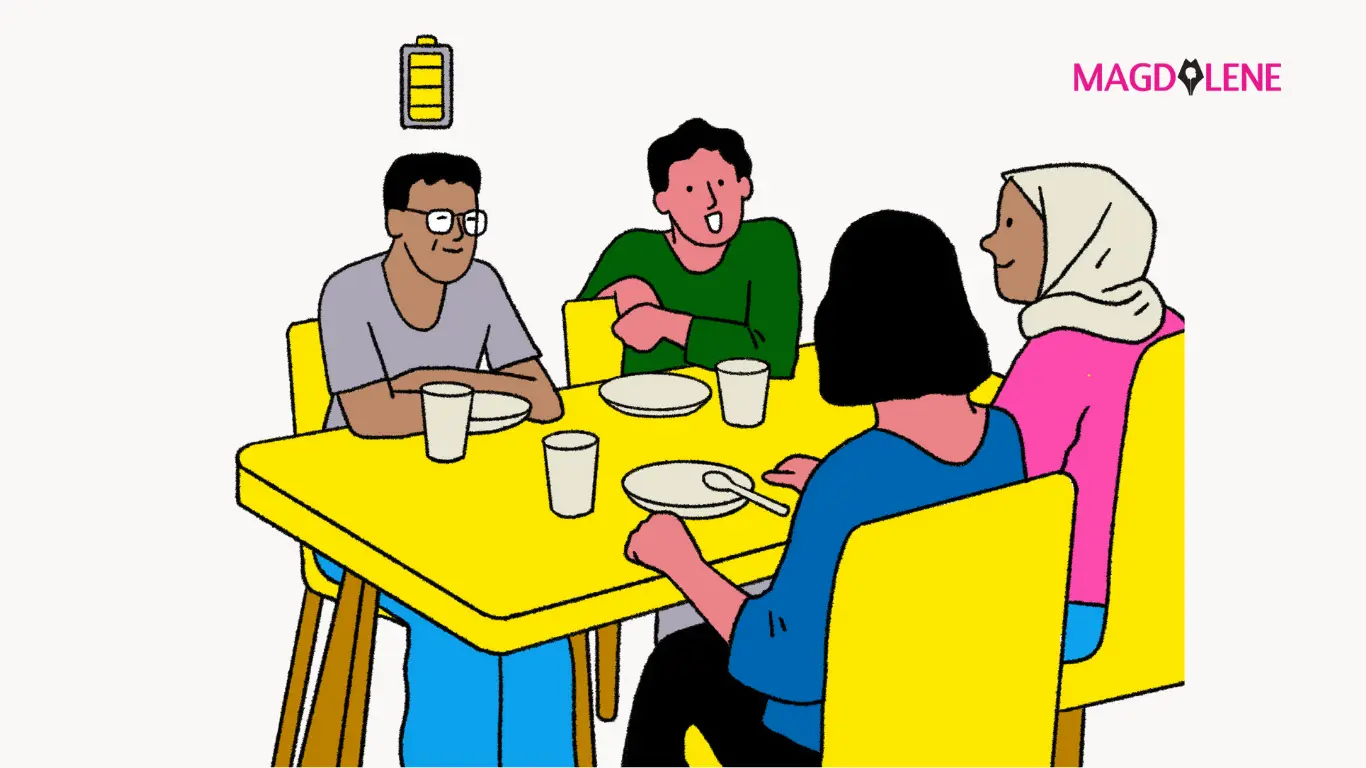Safe Abortion Urgently Needed in Indonesia

As a public health person, if I were asked what is the hidden contributors to Indonesia’s stubbornly high rate of maternal deaths, my answer would be: unsafe abortion, unintended pregnancy, and sexual violence. Those three phenomena are also sadly forgotten sexual and reproductive (public) health problems in Indonesia, especially with the impacts of the rise of religious populism in our political constellation.
The case of 12-year-old “Melati” (not her real name) that was recently reported by the news site Project Multatuli is a worrying example of the intersection between the three problems. “Melati” is a rape victim who became pregnant and was not permitted access to safe abortion by the local police department. This was despite her young age, the early state of her pregnancy when it was found out, the availability of an organization who offered safe abortion services for her, and the current legal ground permitting rape victims to access safe abortion.
When the report was published, she was already 7-month pregnant and had to continue it to term. Her case ignited strong reaction and criticism in social media, especially regarding the performance of the local law enforcement who handled her case.
Also read: Not All is Lost
Melati, I am afraid to say, might not be the only or even the last one. She is certainly not the only teen pregnancy case in Indonesia. Data shows there is almost 1 pregnancy among every 1,000 girls aged 10-14, and 36 pregnancies among every 1,000 girls aged 15-19. When teenage girls get pregnant, they are 1.5 to 5 times more likely to die than adult women. Melati is also not the only victim of sexual violence that was forced to undergo a traumatic dan life-threatening pregnancy despite what the law says. In 2018, public anger was triggered by a case of a 15-year-old girl in Lampung who was criminalized for trying to end her pregnancy after being raped multiple times by her own brother.
Global evidence has shown that unsafe abortion is one of the top five causes of maternal death, especially in low- and middle-income countries like Indonesia. It has also been globally proven that restricting access to safe abortion will not stop abortion – it will only make abortion more dangerous. However, it is hard to find nationally representative data about how big the impact of unsafe abortion is in Indonesia.
Despite independent research showing that abortion is common in Indonesia and that almost 80 percent of them are unsafe, official government data and policy documents on maternal deaths seem to ‘skip’ this by not including or addressing unsafe abortion explicitly. This may lead to suspicion that many unsafe abortion cases were documented under the general categories such as “bleeding”, making them practically unseen.
Furthermore, our policymakers seem hesitant to acknowledge that unintended pregnancy can happen because of so many different reasons – one of them is sexual violence, coercion, or manipulation. For example, data shows that 1 in 5 Indonesian girls and young women aged 15-24 who have had sex reported that the intercourse was forced.
Another reason behind unintended pregnancy is the fact that access to contraception in Indonesia is not yet equal or protected equally. A total of 11 percent of married Indonesian women who need contraception still do not have access to modern contraception methods. Furthermore, our policy and societal values still limit contraception access to those who are legally married – simply ignoring the fact that unmarried people with uteruses can and do get pregnant.
Also read: I Have Uterine Fibroids and It Taught Me to Listen to My Body
Yet another missing data is the impact of unintended pregnancies on someone’s life. As a health professional, I have seen how experiencing unintended pregnancy can be a significant distress – including for married people and those who already have children. Therefore, in general why and how people need safe abortion are missing from our policy landscape, while policymakers keep conforming to the narrative of religious-based restrictions that are simply not realistic.
The lack of data is not the only gap in our policy regarding access to safe abortion. The implementation of the existing policy is also inconsistent. First, law enforcement is often unaware of (or ignores) the existence of the law protecting this right – like what happened to Melati as a rape victim. Second, Indonesian government seems very hesitant to implement their own policy into something tangible in the system – making the policy practically toothless.
Since 2014, there are already legal grounds for safe abortion which include rape victims, severe foetal anomalies, and when the pregnant person’s life and health is threatened. However, no healthcare professionals have been trained to provide safe abortion services. No health facilities have been appointed as designated service providers and no clear referral system has been developed. No value clarification efforts regarding safe abortion have been done to decrease the sociocultural resistance surrounding this life-saving healthcare. No clear policy on how to systematically fund the services – despite the long-known evidence that when people have to pay out-of-pocket for essential healthcare services, it will put more barriers to access and force them to turn to ‘cheaper’ but dangerous alternatives.
The willingness to make public investment for safe abortion services currently does not exist – even though it has been proven that providing comprehensive safe abortion services can decrease abortion-related healthcare costs up to 78 percent because paying for the management of unsafe abortion’s complications is expensive. A key informant told me during an interview that there is also some push among crucial stakeholders to provide safe abortion – if it will ever be provided – only in hospitals or through specialistic care. Once more, this is despite the evidence that abortion can be done safely in primary care or even via self-care approach, and that integrating safe abortion services into the basic maternal healthcare program can reach more people and save more lives.
Melati’s case is an unfortunate trigger to urgently rethink about how the disconnection, gaps, and biases in and between the law and the health systems in Indonesia regarding sexual and reproductive health hurt rather than protects the most disadvantaged people. With the reduction of maternal death rate being a priority agenda in our national development policy, Indonesian policymakers really need to stop only seeing what they want to see and showcasing what they think are politically feasible. Evidence-informed and good quality data-driven policy are of utmost importance. Restrictive policy and policy implementation in safe abortion issue may serve certain socio-political sentiment, but they are failing to protect people. Good connection between reforming the law and preparing the health system to be implementers is also crucial. Without that, access is just an empty concept.
Melati has suffered – but it is not yet too late. We need to push. We need to demand. We need to actually mean it when we say that we believe no one deserves to die or suffer just because they have the biological ability to get pregnant – no matter who they are, where they live, or how much money they have. It is long overdue.






















